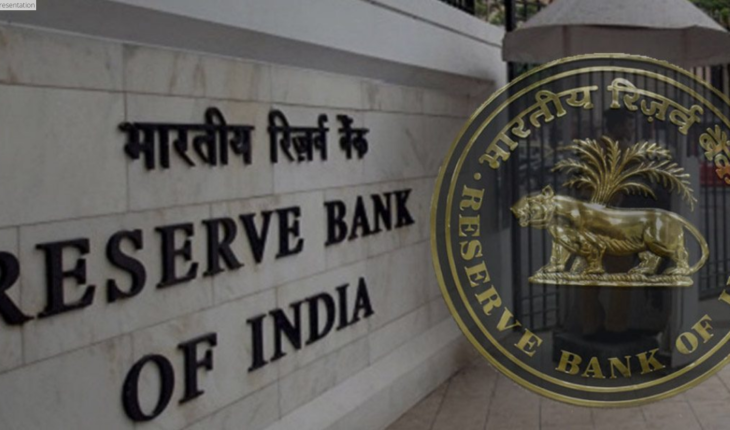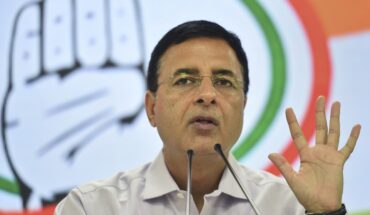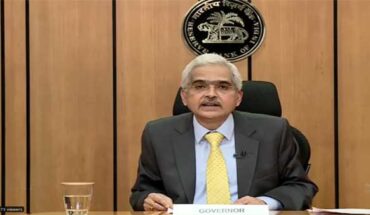The Reserve Bank of India’s ‘Report on Trend and Progress of Banking in India’, paints a picture of credit growth having rebounded smartly, with the consolidated balance sheets of Indian commercial banks showing double-digit expansion after a seven-year gap. While at first flush this would be reason for cheer, this growth came on the back of the pandemic-hit year, when economic activity including demand for loans was depressed. However, credit momentum seems to be sustaining in the current fiscal year too with loan growth logging a decade high in the first half. And in the fortnight to December 2, credit expanded 17.5% from a year earlier. Still, disappointingly, deposit growth lagged behind, increasing by only 9.9% in the period. With retail inflation and concerns about price stability eroding savers’ real returns as well as confidence to save, banks have found themselves needing to redouble efforts to shore up deposits to help fund credit demand. Banks’ due diligence on borrowers and solid credit appraisal will help keep NPAs under control even while credit growth helps fund capital expenditure (capex). The Chief Economic Adviser had noted this month that private capex had touched Rs 3 lakh crore in the first half of the year and if the same pace were maintained, full-year figures would be the highest in the last few years. Worryingly, he had also hinted that government capex need not continue to maintain the pace so as to allow private players the space to borrow and invest. However, even given the constraints of fiscal discipline, the Government should keep the tempo up on capex as it may take a while for private capex growth to find consistency. With industrial production still on a bumpy ride, having contracted in two of the seven months, policymakers must ensure credit flow and all-round capital spending stay supportive.
Capital spending, credit flow must stay supportive
|
December 31, 2022 |






